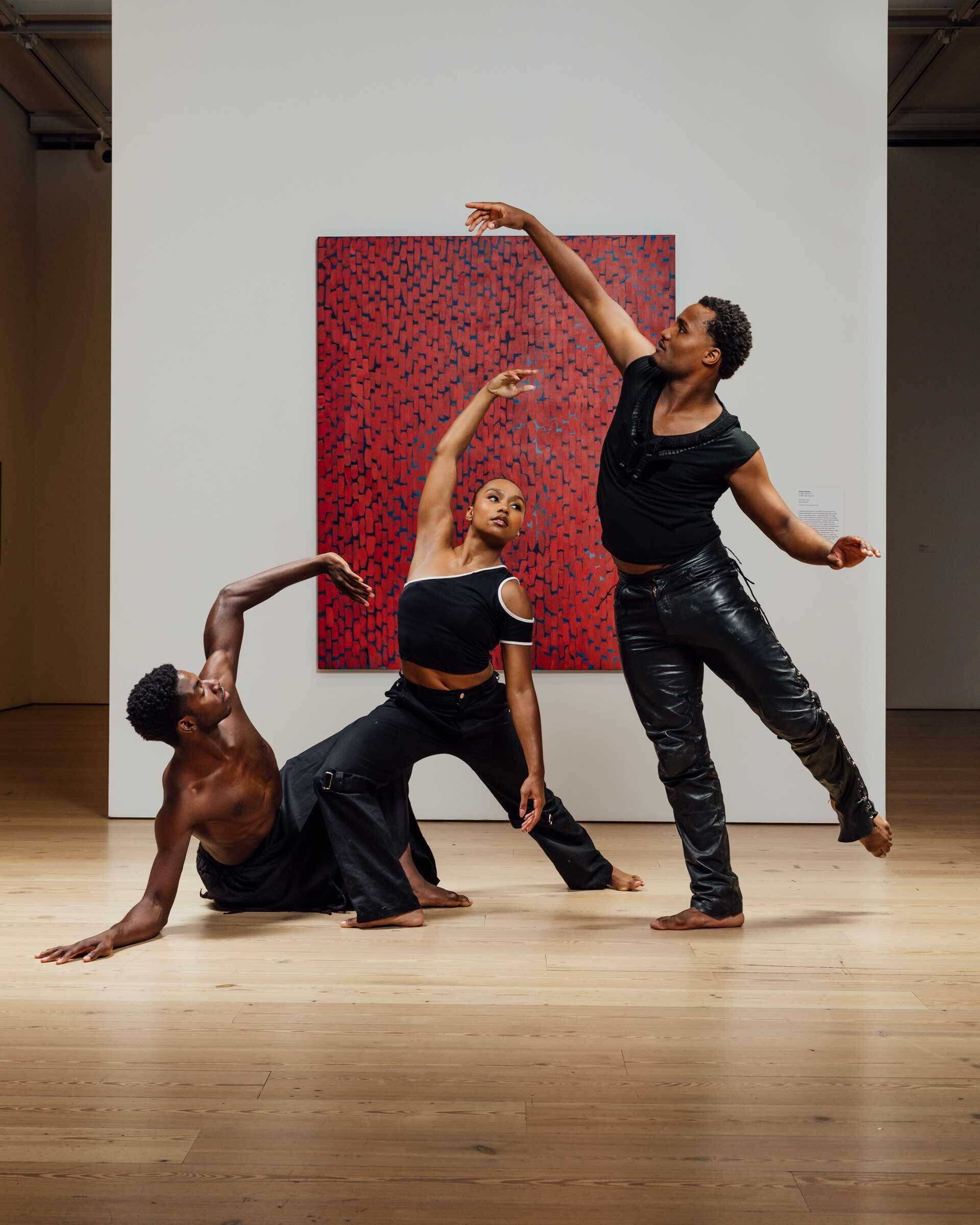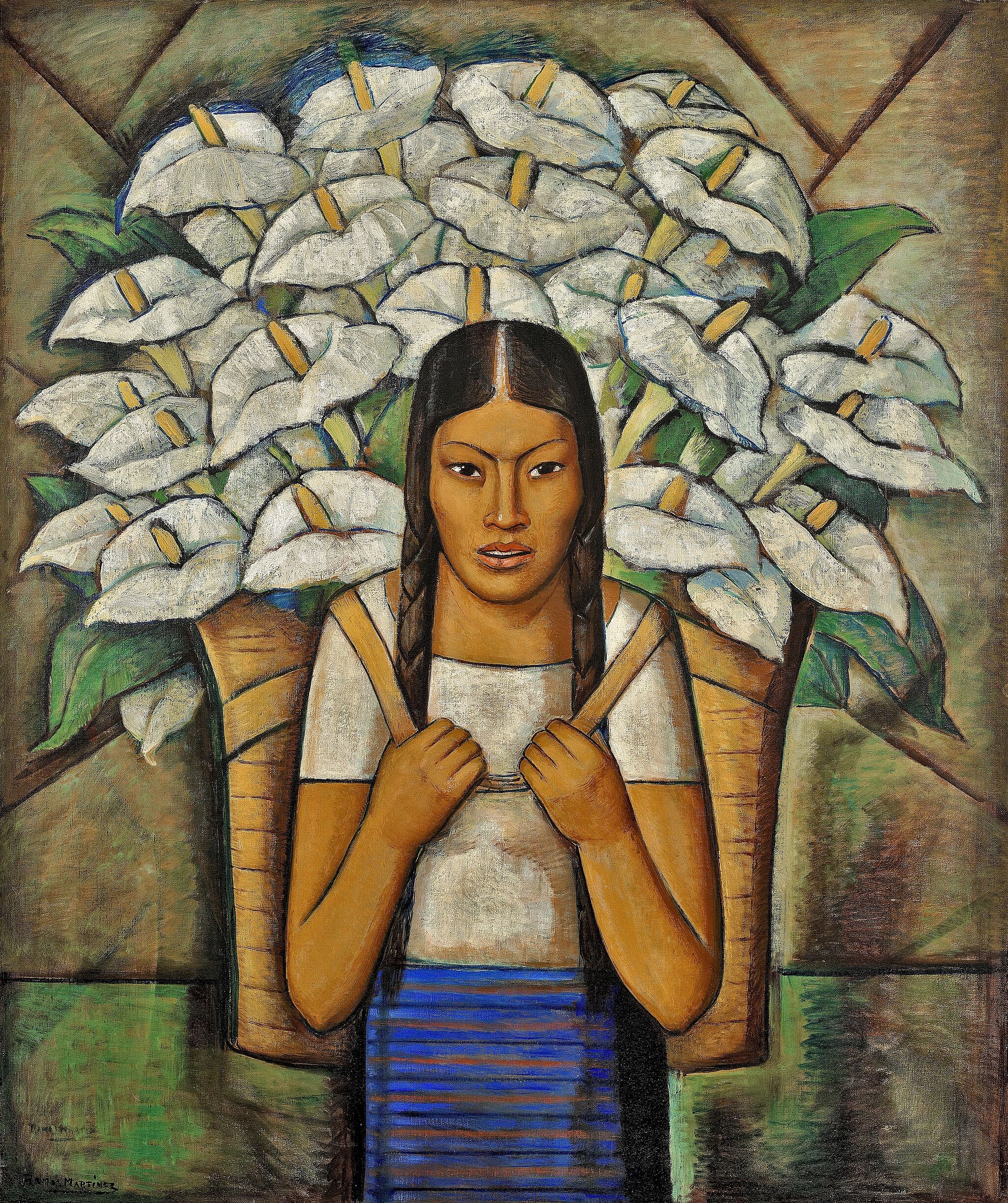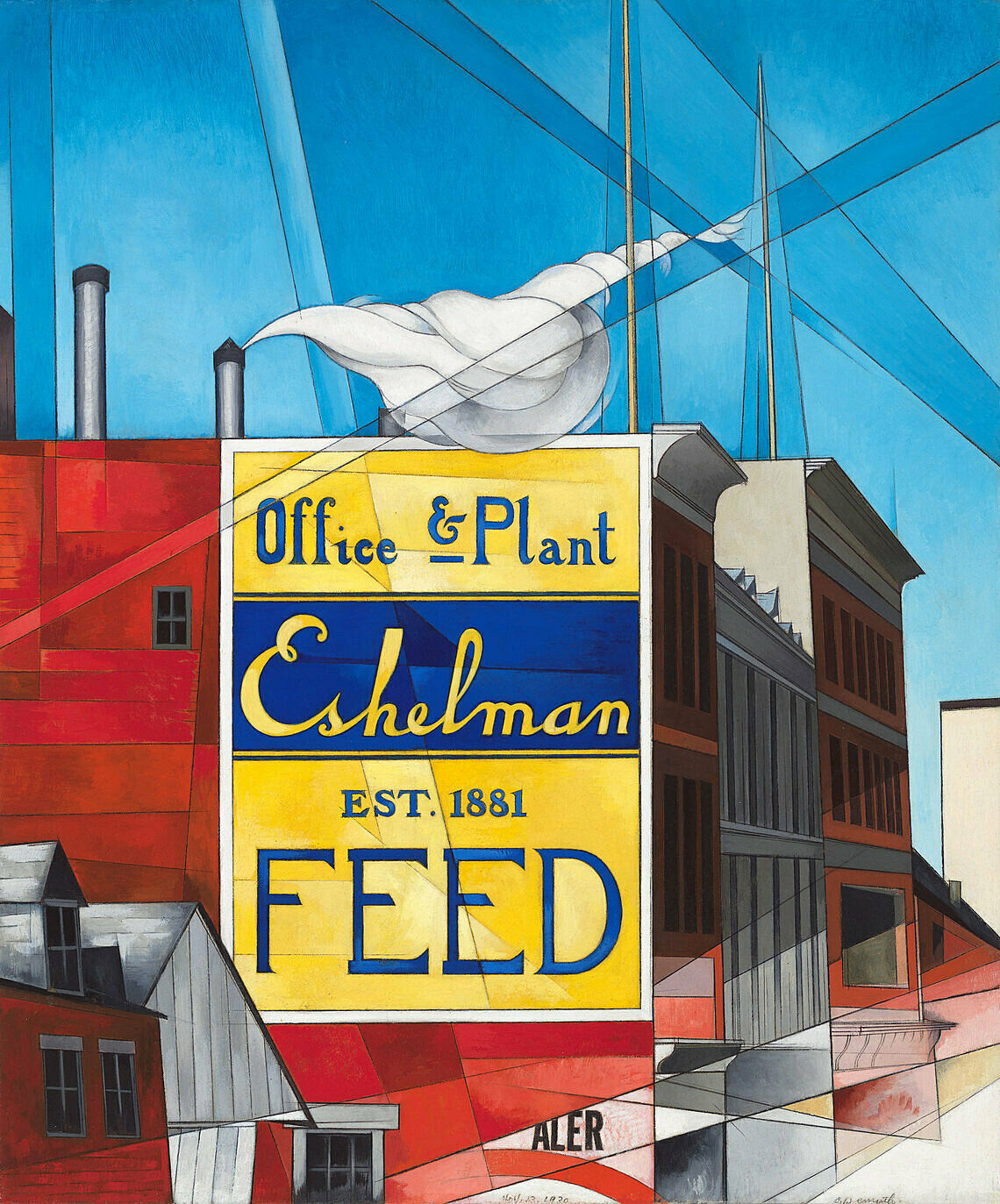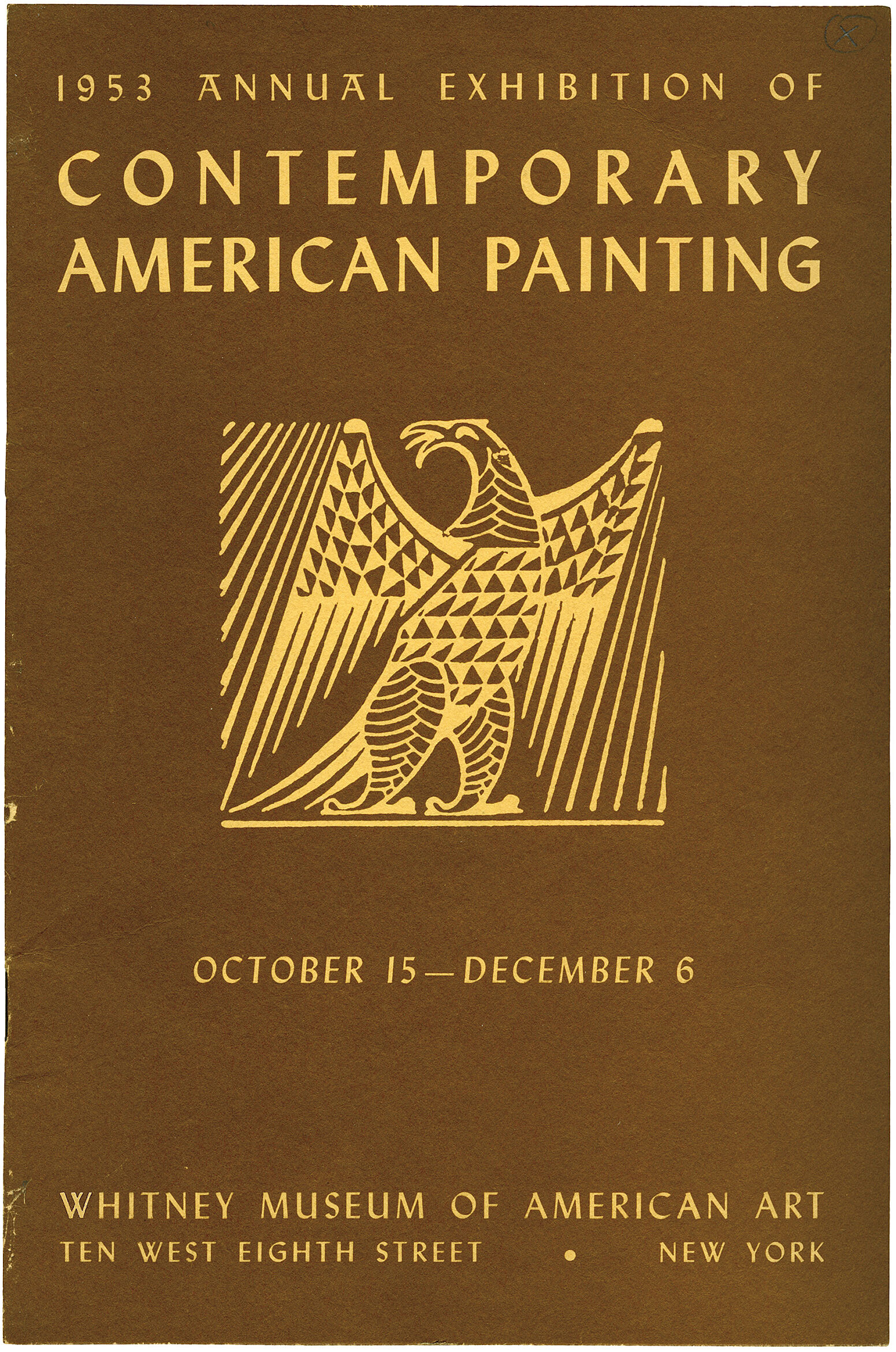Hale Aspacio Woodruff
1900–1980
Among the most prominent African American painters of the twentieth century, Hale Aspacio Woodruff developed a wide stylistic range that included Impressionist-inspired landscapes, social realism, modernist murals, and Abstract Expressionism. Raised in Tennessee and educated at the John Herron Art Institute in Indianapolis, the painter was encouraged early in his career by influential figures in African American art and culture—Countee Cullen, William Scott, and Walter White. After winning a prize in 1926 from the Harmon Foundation, which supported black American artists, Woodruff spent four years in France working, studying, and traveling.
This luminous watercolor was almost certainly executed during the summer of 1930, when the artist was based in the Provence village of Cagnes-sur-Mer. Another sheet of a fisherman drawn the same year indicates, in an inscription, the artist also visited Tunisia that summer, and this is perhaps the location captured here. The scene is from everyday life in a port city, but the statuesque body places the work in the long Western tradition of idealized nudes. This heroic presentation of a black body would have had political connotations for an African American artist at the time, given the contemporary New Negro movement, as well as the pervasiveness of racist imagery in American visual culture. It also foreshadows Woodruff’s Amistad Murals, a monumental narrative cycle in which the expressive black male body took center stage.
Introduction
Hale Aspacio Woodruff (August 26, 1900 – September 6, 1980) was an American artist known for his murals, paintings, and prints.
Wikidata identifier
Q15489989
Information from Wikipedia, made available under the Creative Commons Attribution-ShareAlike License . Accessed December 18, 2025.
Introduction
Hale Woodruff grew up in Nashville, Tennessee, and first began creating art as the cartoonist for his high school newspaper. He studied at the John Herron Art Institute in 1926, but he left to study in France instead in 1927. There, Woodruff trained at the Académie Moderne and the Académie Scandinave. He later returned to the United States in 1931, where he began teaching in Atlanta University's art department. Woodruff stayed in Atlanta until 1946, when he began teaching at NUY. Woodruff gave up his teaching position in 1967, but he continued to create art until his death in 1980. Woodruff's art was influenced by both Cubism and African art.
Country of birth
United States
Roles
Artist, graphic artist, muralist, painter, teacher
ULAN identifier
500097842
Names
Hale Aspacio Woodruff, Hale A. Woodruff
Information from the Getty Research Institute's Union List of Artist Names ® (ULAN), made available under the ODC Attribution License. Accessed December 18, 2025.





